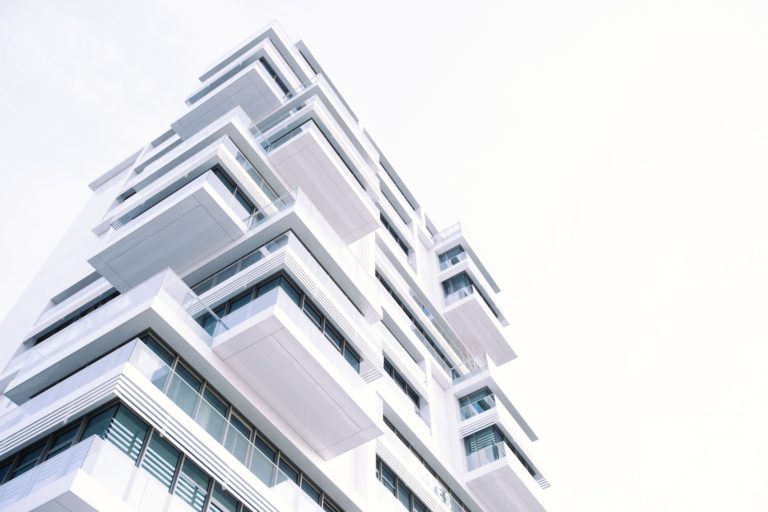
Technology is revolutionizing the world in many ways. From QR codes to the latest developments in supercomputers, digitization has developed by leaps and bounds since its inception. However, one unlikely source is transforming the real estate industry: Mixed reality (MR). One market research analysis shows the MR market growing by nearly 50% by 2023, increasing its value to $9.21 billion. Real estate professionals may want to start integrating this technology while they can still get their hands on it.
Mixed reality differs from augmented reality (AR) and virtual reality (VR) in that it begins to blur the lines between the physical and digital worlds. When you use AR or VR, you know you are operating a device. However, MR allows you to manipulate the simulated environment as it works with reality, providing a unique experience for builders, realtors, and home buyers. Is this technology the future of real estate? Here’s a look at how various players in the sector are utilizing mixed reality.
MR Use Cases in Construction
Naturally, real estate starts with construction – the house or commercial building needs to be standing for a realtor to show it. But the current construction labor shortage makes it difficult for crews to be able to complete their builds at the rate buyers ask for them. MR could step in to offer a helping hand while making projects safer.
For example, mixed reality would allow a crew to walk through the project before they begin it and see if there are any adjustments they must make before finishing, speeding up the pre-construction process. They can also find issues with the site before even breaking ground, which can lower or eliminate rework down the line.
Builds can become more accurate when builders have access to MR technology. They’re able to compare their progress with the plan quickly, ensuring they follow the layout exactly. It can also improve quality by enabling teams to identify clashes before ever putting up a door or roof. When working with value-adding but heavy materials like synthetic fiber cement shingles or updated countertops, such innovation is a boon.
How Realtors Can Use Mixed Reality
MR devices can also bring many benefits to the realty aspect of real estate. If they are working with a client while builders are still creating the structure, they can collaborate on the design seamlessly. Being able to let potential buyers customize their homes or buildings before they are complete could help them increase profits while maximizing customer satisfaction.
In addition to creating a good reputation with their current clientele, realtors could expand their reach by adopting MR. Research by McKinsey shows customers have new demands for tech-forward shopping, e-commerce, and safety. Mixed reality could draw in those who love new technology or would prefer to shop for new lodging from their current residence. This advanced accessibility can attract those who want convenience or have mobility or immunity compromises.
MR can also help realtors close more sales by offering in-depth browsing. Buyers will be able to see the structure and neighborhood they would be residing in, which can help them visualize themselves there and see which buildings are a good fit. It can allow them to make updates to flooring finishes, furniture, and colors, helping them see themselves in the space.
Realtors may find improved results by offering mixed reality to their clients because of the increased customization, ease of use, and visualization.
Why Buyers May Love MR
From a buyer’s perspective, deciding on a commercial building or house can be quite stressful. It is challenging to tell if a space is suitable for your needs before actually residing in it and seeing how you operate. The building might require costly updates you did not anticipate before buying, stretching your budget and disrupting your daily life. However, mixed reality could change all that before pen ever meets paper.
Buyers will be able to step into their options and move around in them so they can see if a building meets their requirements. This ability can help minimize stress and frustration if they purchase or sign a long-term lease on a structure that ends up requiring expensive updates or creates flow inefficiencies. When a building is still in construction, they can see the finished product and make changes as necessary or for cosmetic reasons.
MR also allows buyers to view themselves in structures far from their current location. For instance, say a family or company is moving to a new country and wants to save on expenses before transitioning. They can find a realtor who uses mixed reality to visualize their new residence, customize it to their liking, explore the surrounding neighborhood, and see multiple options quickly in one session. MR helps the buyer feel more comfortable and empowered by showing them exactly what to expect.
Driving Real Estate Forward With Mixed Reality
Technology is the way forward, so mixed reality is likely part of the future of real estate. It provides advantages to each stage of the process, from construction to purchasing. With all the collaboration, customization, and accessibility MR can offer, it is probable that the real estate industry will see increased mixed reality usage in the coming years.
 Devin Partida is Editor-in-Chief at ReHack Magazine and editorial contributor at AR Insider. See her work here and follow her @rehackmagazine. Header image credit: Grant Lemons on Unsplash
Devin Partida is Editor-in-Chief at ReHack Magazine and editorial contributor at AR Insider. See her work here and follow her @rehackmagazine. Header image credit: Grant Lemons on Unsplash

